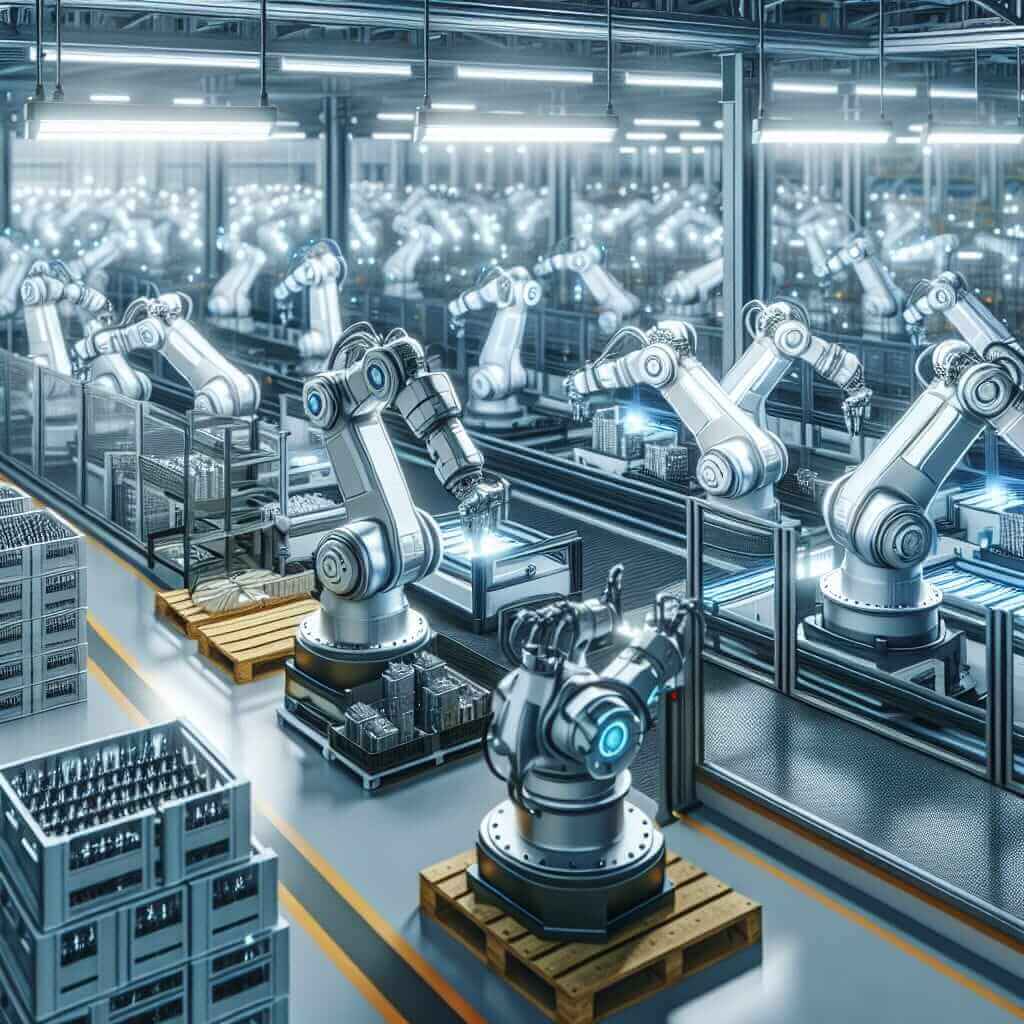The Reading section of the IELTS exam is a comprehensive measure of one’s understanding of English. It includes passages of varying complexities and questions that test various skills such as skimming, scanning, and detailed reading. One common topic that frequently appears is “Social consequences of technological advancements.” This theme has been a significant subject due to its relevance in today’s rapidly advancing world. Understanding this topic can help predict similar themes in future exams.
Nội dung bài viết
Reading Passage: Medium Text
Social Consequences of Technological Advancements
The rapid technological progress over the past few decades has brought significant changes to various aspects of society. While technology has undeniably enhanced our lives in many ways, it has also led to various social consequences that warrant a closer look.
One major consequence is the transformation of the job market. With the advent of automation and artificial intelligence, many traditional jobs have become obsolete, while new categories of employment have emerged. This shift has created a paradoxical situation where there is both a high demand for workers with specialized skills and a simultaneous loss of jobs for those lacking these skills. Consequently, socioeconomic disparities have widened, as people with access to technical education thrive, whereas those without it face increasing unemployment and underemployment.

Furthermore, technology has altered the way we communicate. Social media platforms, instant messaging, and video conferencing tools have revolutionized interactions, making it easier to connect with people worldwide. However, this has also led to decreased face-to-face interactions, potentially weakening interpersonal bonds and leading to a sense of isolation despite being virtually connected.
Additionally, technological advancements have reshaped the education sector. E-learning platforms and digital resources have made knowledge more accessible, democratizing education to some extent. Nonetheless, the digital divide remains a significant issue, as not everyone has equal access to these technological benefits. This divide often exacerbates existing inequalities, particularly in underdeveloped regions.
Environmental concerns also arise from technological progress. The increase in electronic waste, energy consumption, and the exploitation of natural resources for manufacturing technological devices have adverse environmental impacts. Balancing technological advancement with environmental sustainability poses a critical challenge for future generations.
In conclusion, while technology has brought immense benefits, it also poses significant social challenges. Addressing these consequences requires a multifaceted approach, considering economic, social, and environmental factors to ensure sustainable and inclusive growth.
Questions
Multiple Choice
-
What has automation and artificial intelligence primarily caused in the job market?
- A. A decrease in job variety
- B. The creation of new job types
- C. Increased job security
- D. A shift towards manual labor
-
What is one negative impact of technology on social interactions?
- A. Enhanced connectivity
- B. Strengthened interpersonal bonds
- C. Increased face-to-face interactions
- D. A sense of isolation
Identifying Information (True/False/Not Given)
-
Technology has made education accessible to everyone equally.
- True
- False
- Not Given
-
The digital divide is a challenge only in developed countries.
- True
- False
- Not Given
Matching Headings
-
Choose the correct heading for each section:
- A. Environmental Impacts of Technology
- B. Changes in Communication Styles
- C. Employment Shifts Due to Technology
- D. The Inequality of E-learning
- E. Conclusion: Balancing Benefits and Challenges
i. Paragraph 2
ii. Paragraph 3
iii. Paragraph 4
Sentence Completion
- Increased demand for specialized skills has __.
- The decrease in face-to-face interactions can __.
Answer Key
- B. The creation of new job types
- D. A sense of isolation
- False. It states that the digital divide remains a significant issue.
- False. It mentions underdeveloped regions.
-
i. C. Employment Shifts Due to Technology
ii. B. Changes in Communication Styles
iii. D. The Inequality of E-learning - widened socioeconomic disparities.
- weaken interpersonal bonds.
Analysis and Common Mistakes
- Skimming and Scanning: Many students fail to quickly identify key information because they do not practice skimming and scanning techniques efficiently.
- Identifying Keywords: Misunderstanding or ignoring synonyms and paraphrased information can lead to errors. For instance, understanding that “digital divide” implies unequal access to technology.
- Contextual Misinterpretations: Contextual clues are often missed, leading to incorrect answers in the True/False/Not Given section.
Vocabulary and Phrases
- Obsolete (Adj): No longer in use. /ˌɒb.səlˈiːt/
- Paradoxical (Adj): Seemingly absurd but possibly true. /ˌpær.əˈdɒk.sɪ.kəl/
- Democratizing (Verb): Making something accessible to everyone. /dɪˈmɒk.rə.taɪz.ɪŋ/
- Divide (Noun): A gap or difference. /dɪˈvaɪd/
Grammar Focus
- Complex Sentences: Utilizing complex sentences helps in presenting detailed arguments. Example: “While technology has advanced our lives, it has also brought about unforeseen social challenges.”
- Passive Voice: Used to emphasize actions rather than subjects. Example: “Many jobs have been replaced by automation.”
Expert Tips
- Practice Regularly: Practice reading different types of texts to improve comprehension and speed.
- Learn to Identify Main Ideas: Focus on finding the main ideas in each paragraph to answer questions accurately.
- Expand Vocabulary: A broad vocabulary helps in understanding and interpreting texts correctly. Utilize vocabulary lists and flashcards.
- Stay Updated: Reading current articles and papers on technological advancements and their impacts can provide useful insights and familiarity with the topic.